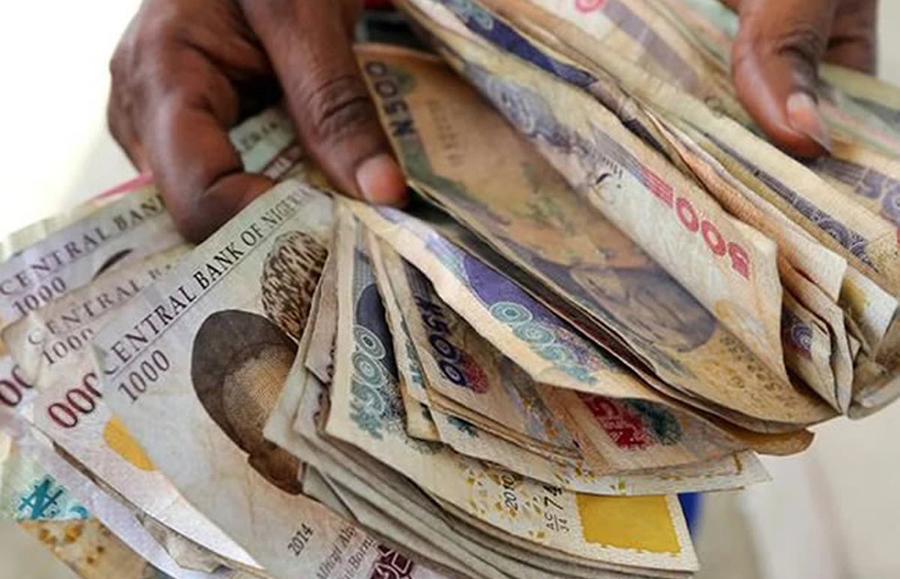Due to the Central Bank of Nigeria’s naira redesign strategy, the amount of money in circulation in the nation decreased by 235.33%, from N3.29 trillion at the end of October 2022 to N982.09 billion at the end of February. According to data acquired from the CBN, N2.3tn was removed from circulation during the time period under consideration.
The CBN claims that between November 2022 and January 2023, the amount of money in circulation changed from N3.16 trillion to N3.29 trillion and N1.38 trillion, respectively. The old N200, N500, and N1,000 notes will be redesign in October 2022, according to CBN Governor Godwin Emefiele. Emefiele also gave Nigerians timelines by which they had to exchange their old notes for the new ones.
The governor bemoaned the difficulties in managing currency, especially the public’s hoarding of banknotes, since figures showed that more than 80% of the cash in circulation was not kept in commercial banks’ vaults.
Other difficulties, he continued, were a lack of crisp, well-fitting banknotes, which contributed to a poor public image of the CBN, increased danger to financial stability, and growing ease and risk of counterfeiting, as shown by several security reports. In the last few years, the CBN has recorded significantly higher rates of counterfeiting, especially in regard to the higher denominations of N500 and 1000 notes, he said.
At the expiration of the deadline for the old notes, due to the scarcity of the new naira notes, which subjected Nigerians to hardship, the President, Major General Muhammadu Buhari (retd) approved the continued use of the old N200 as legal tender till April 10. However, after some state governments sued the Federal Government over the naira redesign policy, the Supreme Court in its ruling on March 3 extended the legal tender status of the old N200, N500, and N1,000 notes to December 31.
On Tuesday, 10 days after the Supreme Court judgement, the CBN officially ordered commercial banks to comply with the court verdict. According to the CBN, currency-in-circulation is defined as currency outside the vaults of the central bank; that is, all legal tender currency in the hands of the public and in the vaults of the Deposit Money Banks.
The CBN stated that it employed the “accounting/statistical/withdrawals and deposits approach” to compute the currency in circulation in Nigeria. This approach involved tracking the movements of currency in circulation on a transaction-by-transaction basis. It said for every withdrawal made by a DMB at one of CBN’s branches, an increase in the CIC was recorded, adding that for every deposit made by a DMB at one of CBN’s branches, a decrease in the CIC was recorded.
The transactions are all recorded in the CBN’s CIC account, and the balance on the account at any point in time represents the country’s currency in circulation. The apex bank said analysis of the currency in circulation showed that a large and increasing proportion of the naira outside the commercial banking system was held by the public who hoard a lot of the new banknotes.














